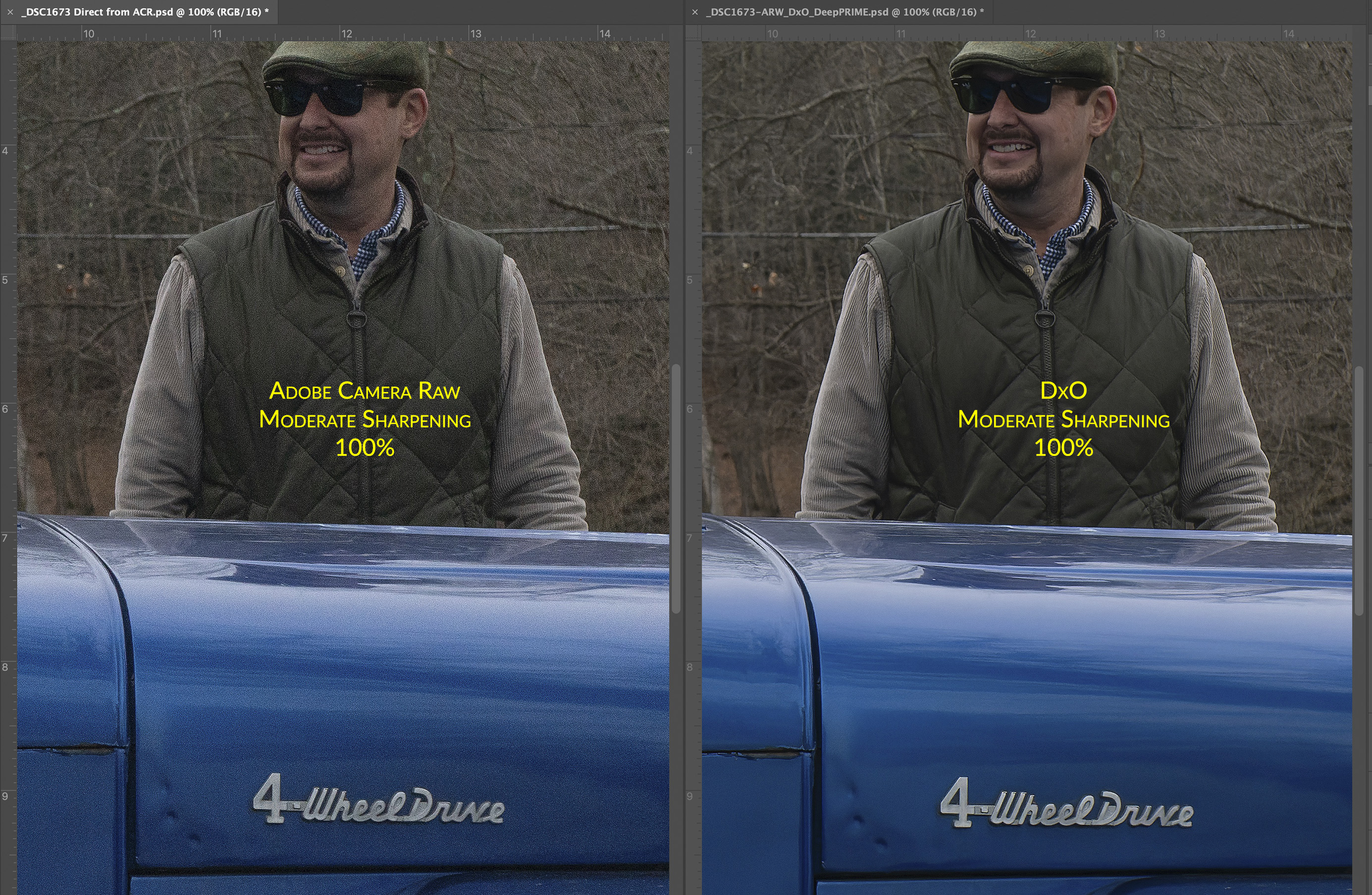

Of the group tested, the winner for use on just star-filled images is a specialized program for astrophotography, NoiseXTerminator from RC-Astro.The new AI-trained noise reduction programs can indeed eliminate noise better than older non-AI programs, while leaving fine details untouched or even sharpening them. But that does make the blog page slow to load initially. NOTE: All the images are full-resolution JPGs you can tap or click on to download for detailed inspection. Does one program stand out from the rest for astrophotography? To find out, I tested six of the new AI-based programs on real-world – or rather “real-sky” – astrophotos. How well can each program reduce noise without eliminating stars or wanted details, or introducing odd artifacts, making images worse. The new generation of programs use artificial intelligence (AI), aka machine learning, trained on thousands of images to better distinguish unwanted noise from desirable image content.Īt least that’s the promise – and for noisy but normal daytime images they do work very well.īut in astrophotography our main subjects – stars – can look a lot like specks of pixel-level noise. Over the last two years we have seen a spate of specialized programs introduced for removing digital noise from photos. In a detailed technical blog I compare six AI-based noise reduction programs for the demands of astrophotography.


 0 kommentar(er)
0 kommentar(er)
